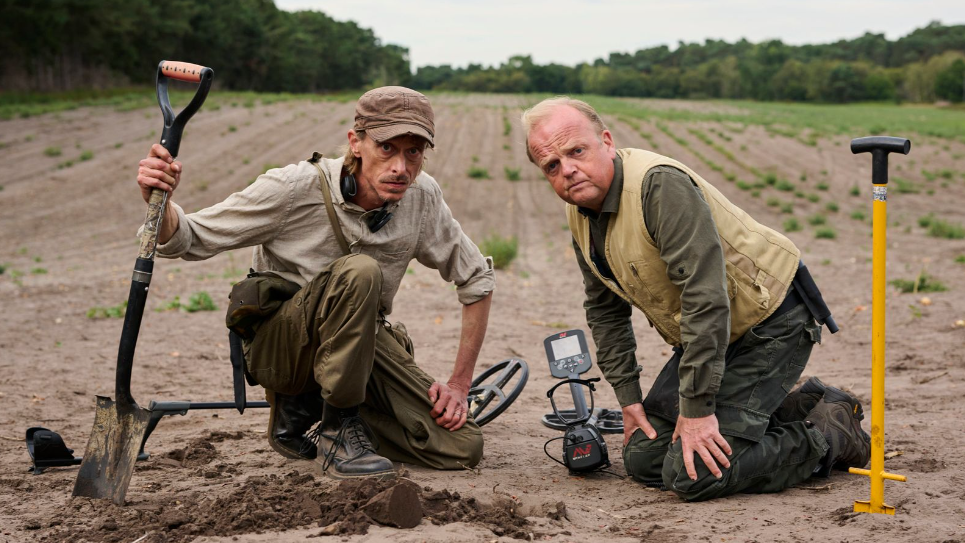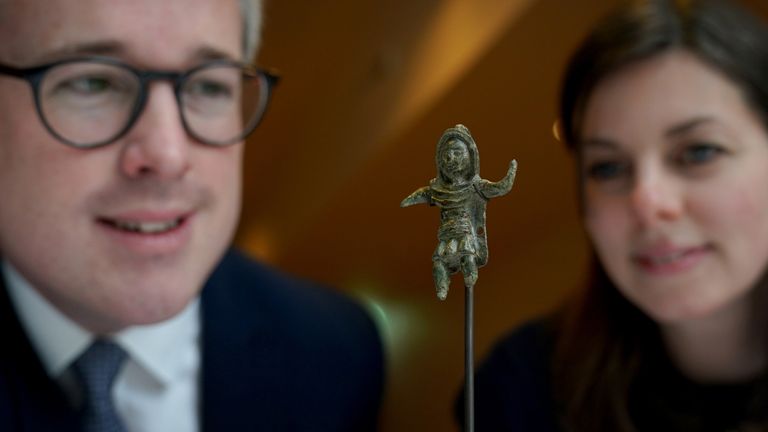Under the current rules, newly discovered artefacts can only be legally classified as treasure if they are more than 300 years old and made of precious metal, or part of a collection of valuable objects. But now, the legal definition of what constitutes as treasure is changing.
Spending their days in muddy fields armed with their metal detectors and packed lunches, Andy and Lance – aka actors Mackenzie Crook and Toby Jones – have brought the simple pleasure of searching for treasure to the masses, thanks to their hit comedy show Detectorists.
Demand for metal detectors has risen in recent years – with experts citing the series and pandemic lockdowns as possible reasons for the surge in popularity.
Under the current rules, newly discovered artefacts can only be legally classified as treasure if they are more than 300 years old and made of precious metal, or part of a collection of valuable objects or artefacts. But now, the legal definition of what constitutes as treasure is changing.
The government plans to amend the definition set out in the Treasure Act to cover more rare and precious archaeological finds, with the plans due to be laid before parliament next week. They are subject to debate, but if approved, the change would come into effect four months later.
It comes after a number of recent discoveries fell outside the definition of treasure, including “spectacular” Roman finds such as the Ryedale Hoard, now at York Museum, and the Birrus Britannicus figurine on display at Chelmsford Museum.
“While these artefacts were, thankfully, acquired by museums, this new definition will make it easier for them to do so in the future,” a spokesperson for the Department of Culture, Media and Sport (DCMS) told Sky News.


